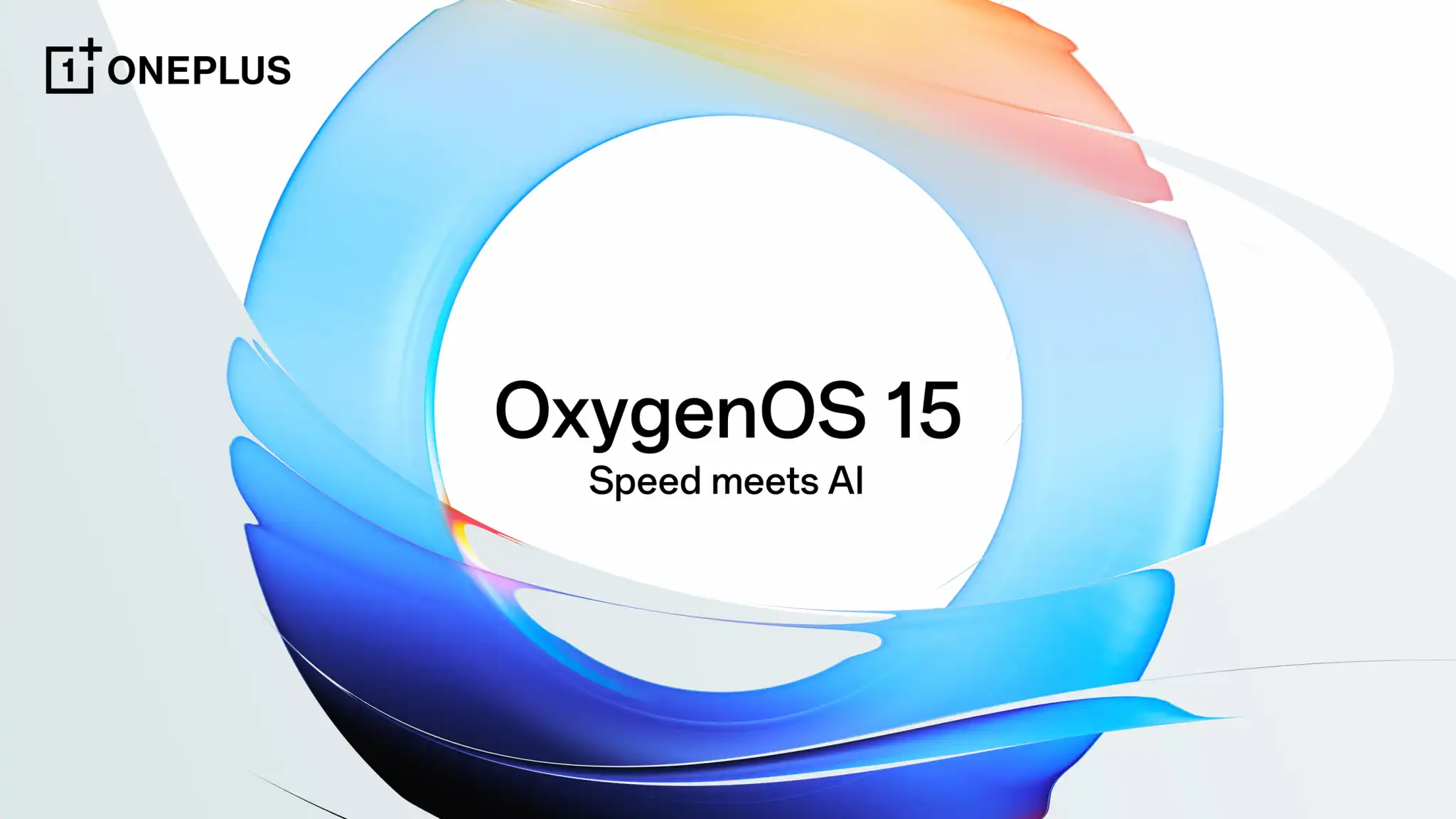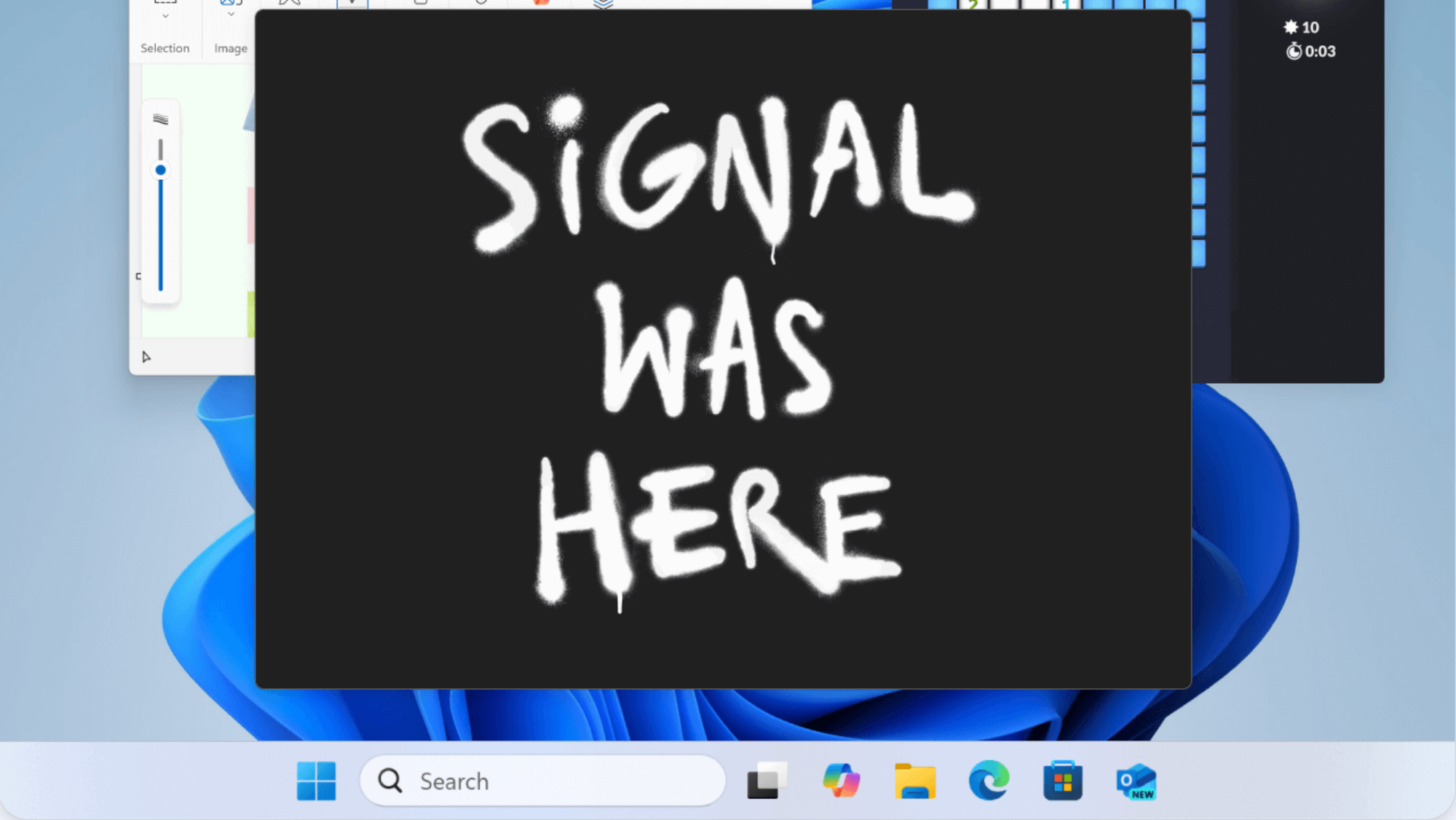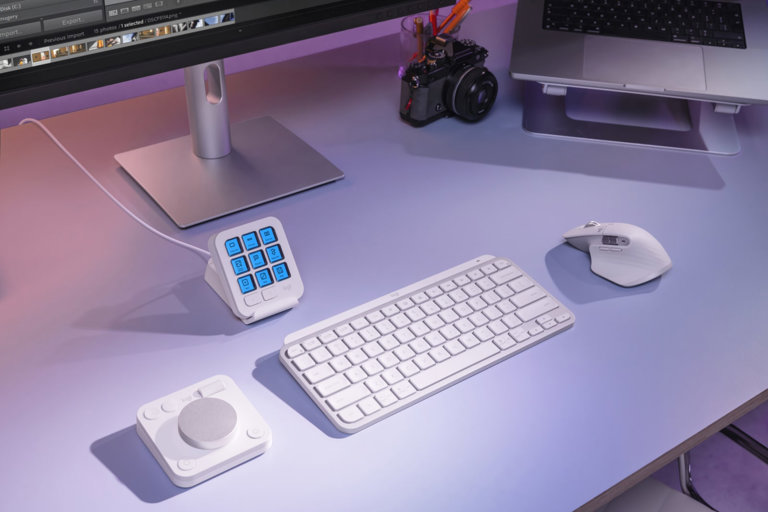A week on from its promised announcement, OnePlus has officially launched OxygenOS 15, the latest iteration of its smartphone (and tablet) user experience on the international stage, and it’s one of the first to arrive based on the latest Android 15, which itself released back in mid-October.
The theme of the new operating system is “speed meets AI”, building on the company’s long-standing commitment to providing a “fast and smooth” software experience across its devices.
In a nutshell, AI underpins new features that focus on creativity, productivity and security. Well, it is 2024 after all.
Here’s a rundown of the biggest upgrades featured within OxygenOS 15, which is set to debut on the OnePlus 12 on October 30 (with select AI features not arriving until November) and is expected to arrive on the company’s other current roster of phones and tablets in the weeks and months to follow.
Fast and smooth
To address OxygenOS’ core tenet of ensuring a fast and smooth experience, one upgrade that’s unique to this forthcoming (at the time of writing) flavour of Android is something called Parallel Processing.
As the naming implies, this alternative approach to system animations takes the six steps that Android usually employs when you touch the screen to, say, open an app (Response > Activate > Drawing > Rendering > Refreshing > Scheduling) and can now execute the first two stages of the process concurrently, should you change your mind and device to open up an app almost immediately, for example.
Previously, the user experience had to render all six of those steps before executing the next action you’re trying to perform, but with Parallel Processing, the system can resolve the first app launch you changed your mind on, without it impacting the launch of the second action you meant to execute.
It’s a near-imperceptible shift in side-by-side examples at this stage, but does deliver smoother visual navigation, without impacting on OxygenOS’ famously snappy animation style. What’s more, it’ll likely help phones maintain their responsive feel longer than they would had they remained on OxygenOS 14 or older.
Secondly, using the OnePlus 12 as the guinea pig again, OxygenOS 15 also takes up about 20% less storage space than the previous release, meaning more user-accessible room for apps and media, whilst also gaining new functionality.
Creativity
OnePlus has reportedly taken user feedback to inform the visual tweaks running throughout OxygenOS 15; from a first-time setup experience with more personality to more rounded iconography; intended to provide a more ‘friendly’ feel.
OnePlus has pulled something of a reverse iOS by stripping colour and visual clutter out of the settings menu, adding gradients and greater definition to widgets on The Shelf, while also reworking the physics of UI elements; how they react to taps, swipes, the paths they take across the display, and more.

OnePlus
In pursuit of giving users a more personal lock screen that still retains its functionality, OnePlus OneTake (pictured above) can separate your chosen subject from a photo and set them on a cleaner, complementary graphic background, that also complements phones with AOD (always-on display) support.
The excellent Open Canvas multitasking experience that we first encountered on the OnePlus Open foldable and has since come to the OnePlus Pad 2 tablet is also set to grace conventional candybar-style OnePlus phones with OxygenOS 15.

Hannah Cowton / Foundry
On the image editing side, OnePlus had already started adding AI-backed features to its devices, with tools like AI Eraser, AI Clear Face and AI Best Face arriving over the past few months, but another trio of features in a similar vein have land with OxygenOS 15 in an attempt to keep up with the likes of the Google Pixel 9.
AI Unblur aims to do as its name suggests and remove blur, not just from shots captured on your OnePlus device, but any images you throw its way.
AI Reflection Eraser lets you capture clearer shots through windows and the like, with results that appear to surpass that of similar features from rival brands (at least based on our first look at the tech.
Lastly, AI Detail Boost acts as a resolution upscaler, great for cropping in on shots while avoiding pixelation, with AI accounting for lost details where needed.
Productivity
One of the most exciting new additions coming to OxygenOS 15 has to be Share with iPhone, which looks to finally bridge the wireless file transfer barrier established by AirDrop.
Google and Samsung collaborated to bring its QuickShare standard to practically every modern Android device, alongside Windows PC, while Apple’s equivalent tech – AirDrop – remains exclusive to products and operating systems within Apple’s walled garden.

Foundry | Alex Walker-Todd
The O+Connect app that facilitates this new ‘Share with iPhone’ feature is already available as a preview on the AppStore and looks as though it’ll finally allow users on both sides of the fence to transfer files between one another seamlessly.
Unlike QuickShare, this isn’t an Android-wide addition but does extend beyond OnePlus devices, to include Oppo and Realme phones too (other brands that also fall within the BBK Electronics family).
Similarly to what we’ve seen from Honor’s MagicOS 8 and Samsung’s One UI 6.1, trained on Google’s Gemini models, OxygenOS 15’s Notes app now packs its own AI Assistant, which can summarise your copy as succinct bullet points and can even pull this off from automatically transcribed voice recordings too.
What’s more, you can have it clean up your scrawlings, by which it removes filler words and the like, polish up existing copy for easy reading, continue writing based on the context of what’s already written down, and expand upon or shorten specified sections of copy, as desired.
In messaging, you can also use the new AI Reply feature to generate responses, based on the context of your current message thread, with tone suggestions giving you a choice on how to continue the conversation, again similar to what Samsung debuted earlier this year.
Intelligent Search also builds on your device’s system-wide search, this upgrade can scan all your local files and surface specific information from notes, spreadsheets and more. Unlike some of the features here, it’s not set to debut until the arrival of the OnePlus 13, though.
Security
Running atop Android 15, OxygenOS 15 naturally benefits from the former’s upgrades too, which is especially apparent when it comes to security.
Improved protection with live threat detection, powered by Google Play Protect, comes as part of the experience, meaning the system analyses unusual app behaviour and also checks for malicious apps or code.
One of the more ambitious upgrades is theft protection, which goes so far as to have your device detect when it’s been grabbed from your hands by a thief at which point it enters a locked-down mode, to keep your data safe.
OnePlus was a little grey on the details of how this works exactly and how it discerns one sudden type of movement as your phone being grabbed from your hands, against a device being tossed onto a sofa, or carried in hand or pocket while you’re on a run, so it’ll be interesting to see how often this addition gets mistakenly triggered by users.
You can also expect remote locking, without the need to use your Google account credentials (a phone number is enough) and offline device protection, which stops thieves from pulling data from a stolen device that’s being intentionally kept in flight mode or out of range of cellular or WiFi signal.
Biometric authentication is also being added at more points throughout the user experience beyond the lock screen; stopping unwanted users from disabling theft protection within Find My Device app, for example.
If you decide to install OxygenOS 15 for yourself, don’t forget to try typing ‘1+=’ in the calculator app too. Yeah. It’s back.





